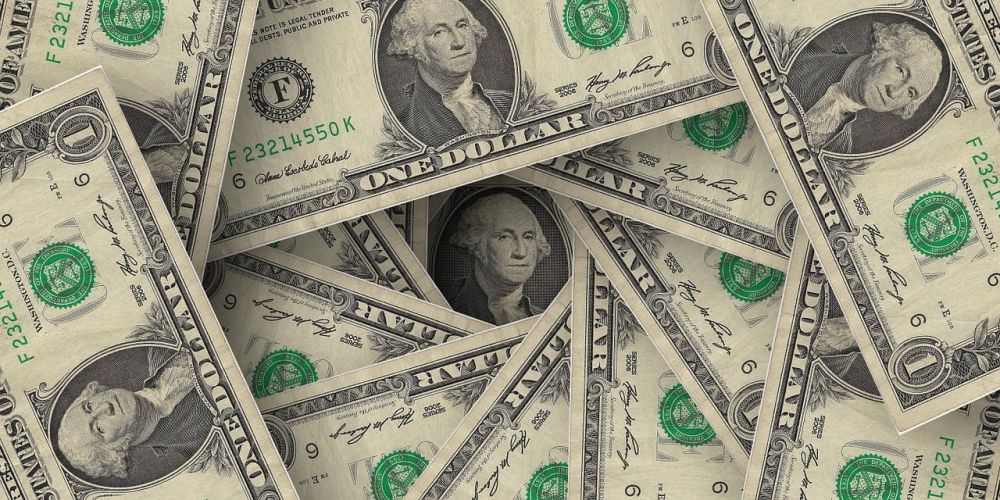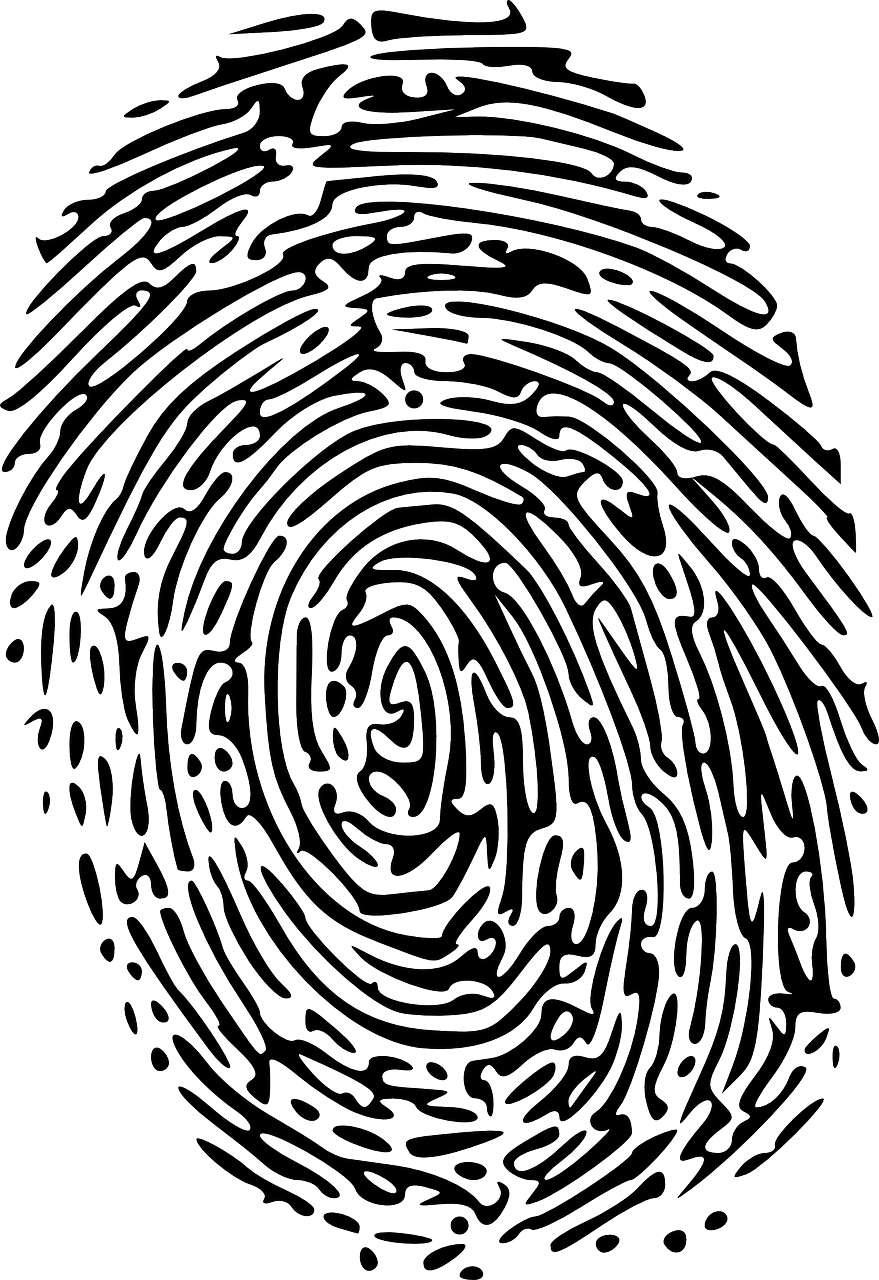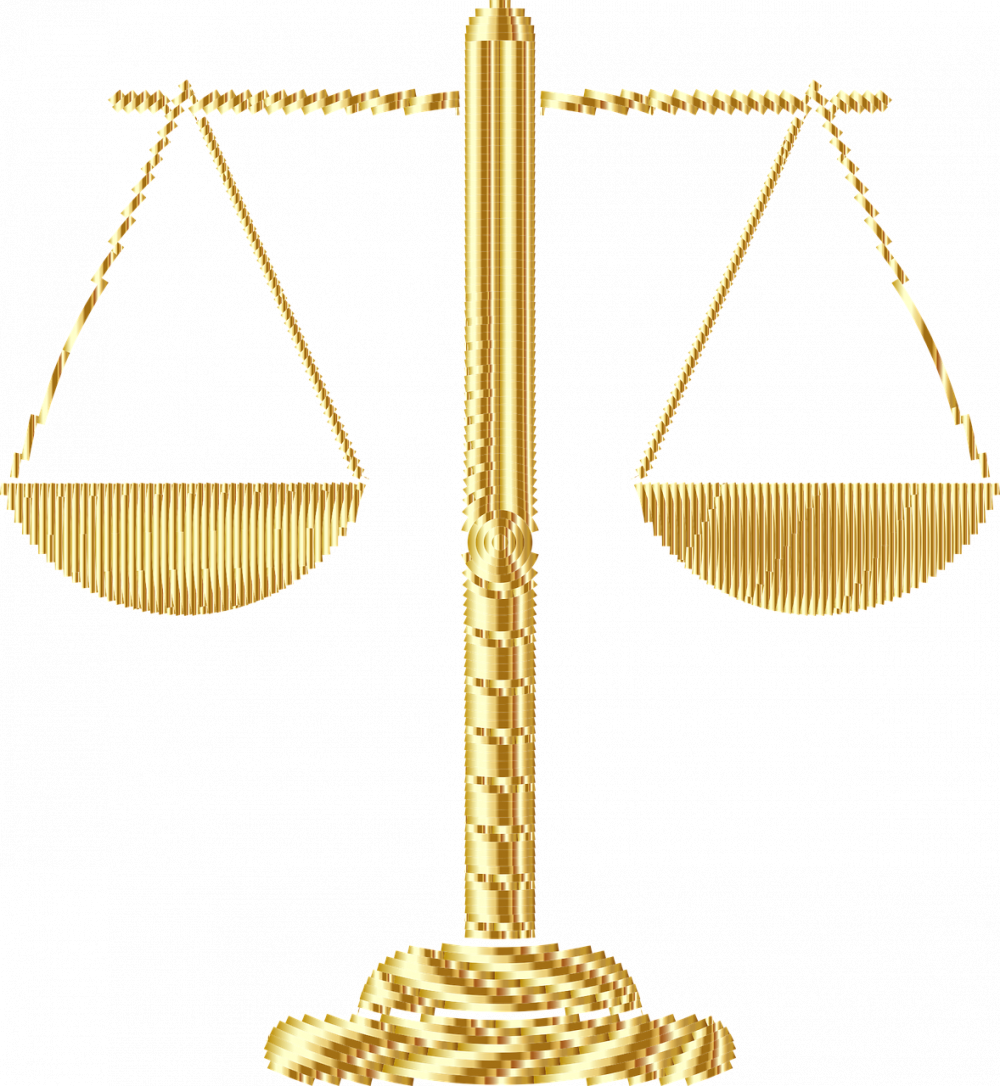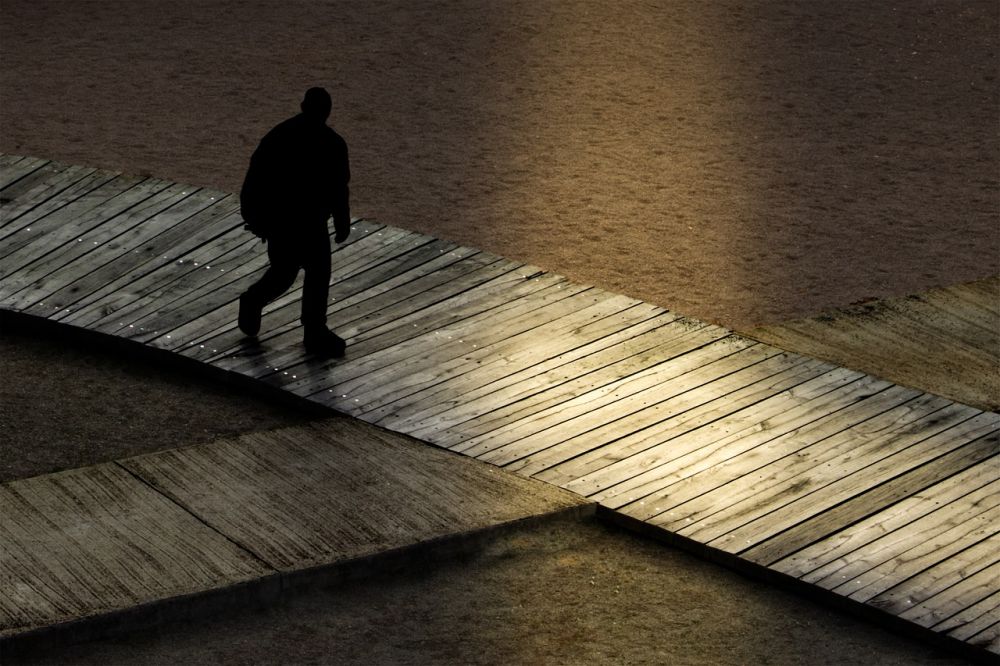Film Noir: A Journey into Darkness and Deception
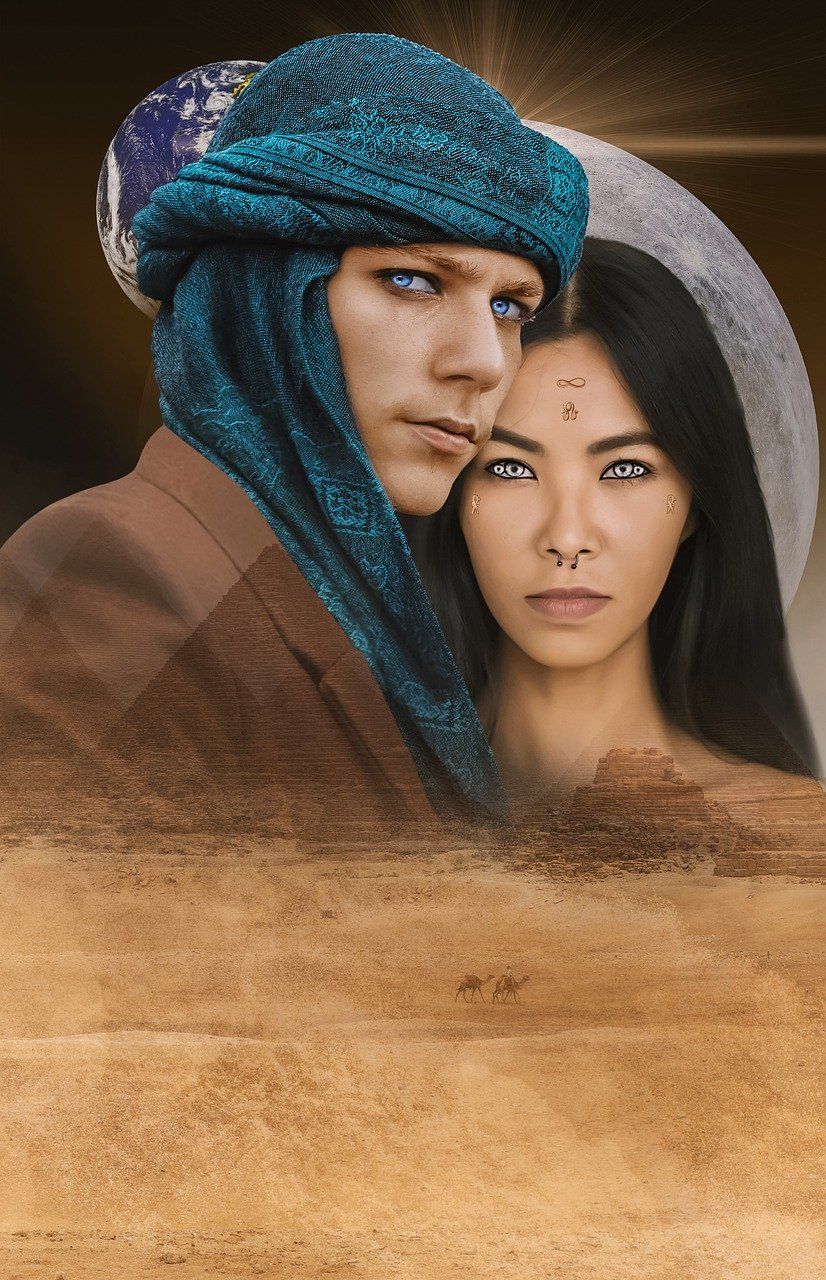
Introduction:
Film noir, a term coined by French film critics in the 1940s, refers to a genre of movies characterized by their dark and atmospheric visuals, morally ambiguous protagonists, and complex narratives. This article aims to provide an in-depth exploration of film noir, offering valuable insights and historical context for those interested in delving into this captivating cinematic realm.
I. Understanding Film Noir:
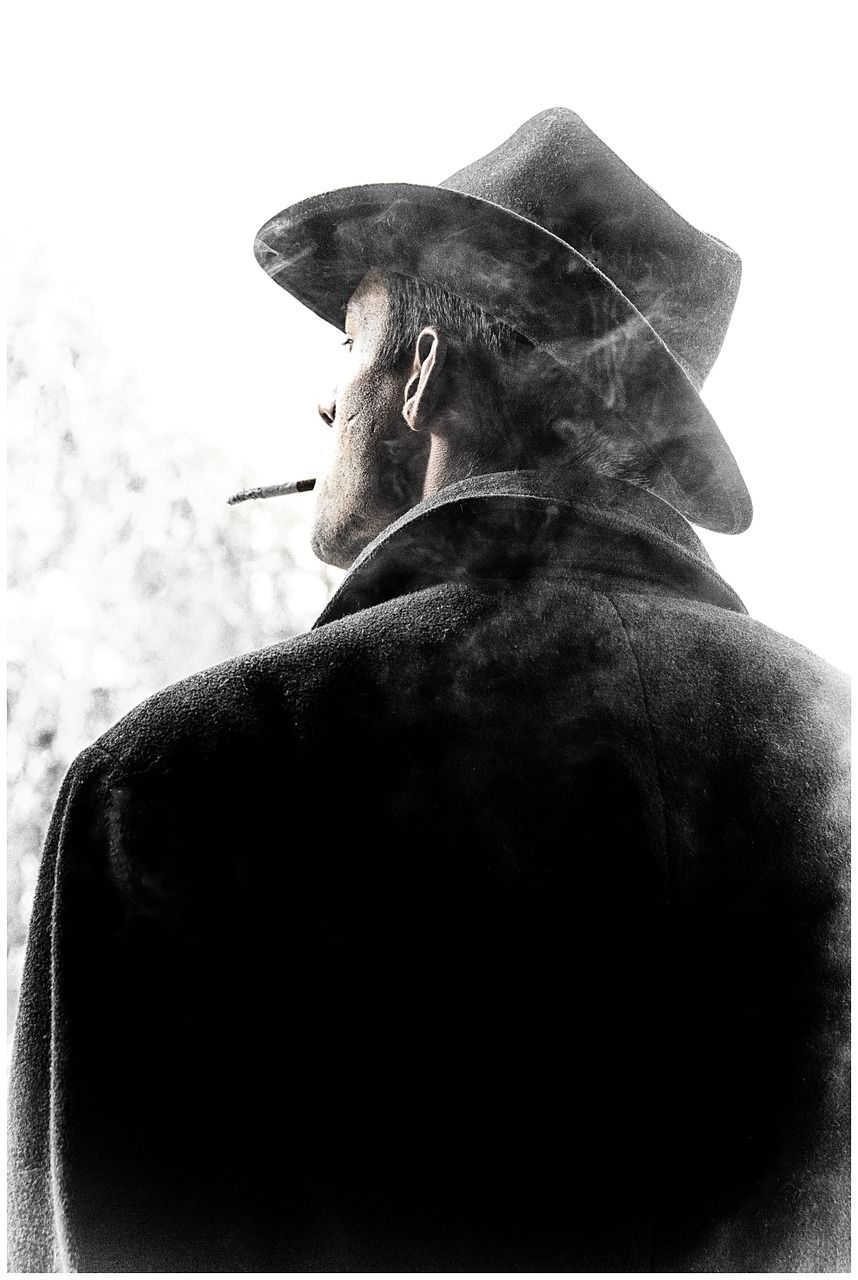
Film noir, which translates to “black film” or “dark film,” draws its inspiration from hardboiled crime fiction and German Expressionism. It emerged in Hollywood during the 1940s and 1950s, reflecting the post-World War II disillusionment and anxieties of that era. Key elements of film noir include:
1. Visual Aesthetics:
Film noir presents a visual landscape characterized by low-key lighting, deep shadows, and stark contrasts. These techniques create a sense of mystery and foreboding, while also emphasizing the duality and moral ambiguity of the characters. Noir cinematography often features skewed camera angles, oblique compositions, and long shadows, serving as visual metaphors for the characters’ twisted inner psyches.
2. Characters:
The protagonists in film noir are often antiheroes or femme fatales, complex characters with murky moral compasses. They navigate a world governed by corruption, lust, and betrayal. These characters are usually driven by their desires and are willing to go to great lengths to achieve their goals, often resorting to questionable means.
3. Narrative Structure:
Film noir stories are intricately plotted, with often convoluted and non-linear narratives. Flashbacks, voice-overs, and unreliable narrators are commonly employed techniques, adding layers of complexity to the storytelling. The narratives frequently revolve around crime, investigations, and the seedy underbelly of society. Themes such as alienation, identity crisis, and existentialism are recurrent in film noir.
II. The Evolution of Film Noir:
Film noir has evolved over time, reflecting the cultural and societal changes that have influenced filmmaking. Let’s take a chronological journey through the development of this genre:
1. Classic Period (1940s-1950s):
The classic period of film noir spanned the 1940s and 1950s, encompassing the golden age of Hollywood cinema. This era produced iconic films like “Double Indemnity” (1944) and “The Maltese Falcon” (1941), which set the foundation for the genre. These films introduced the archetypal noir elements and established the aesthetic and thematic conventions that would be explored in subsequent works.
2. Neo-noir (1960s-1970s):
The 1960s and 1970s witnessed a resurgence of film noir aesthetics and themes, albeit with a modern twist. The genre expanded beyond its traditional Hollywood roots, with filmmakers from other countries embracing the noir genre. European filmmakers like Jean-Pierre Melville and Michelangelo Antonioni experimented with noir elements in their works, leading to the emergence of neo-noir.
3. Postmodern Era (1980s-present):
The postmodern era of film noir saw a reimagining of the genre, with directors incorporating self-reflexive and deconstructive elements into their films. Quentin Tarantino’s “Pulp Fiction” (1994) and the Coen Brothers’ “Fargo” (1996) revitalized the genre, infusing it with their distinctive styles and embracing a more stylized approach to storytelling.
IV. The Enduring Legacy of Film Noir:
Despite primarily belonging to a particular era, film noir’s influence has endured and continues to inspire filmmakers today. Its stylistic and narrative tropes can be seen in various genres, from crime thrillers to neo-westerns. Contemporary filmmakers draw inspiration from the complex characters, morally ambiguous narratives, and visual aesthetics that define noir cinema.
Conclusion:
Film noir remains an influential and captivating genre, captivating audiences with its dark and mysterious world. By examining its historical context, understanding its key elements, and tracing its evolution, we gain a deeper appreciation for the profound impact film noir has had on the cinematic landscape. The allure of these movies lies not only in their visual and narrative prowess but also in their ability to explore the darker aspects of the human condition. So grab your popcorn, dim the lights, and prepare yourself for an intoxicating journey into the shadows of film noir.

